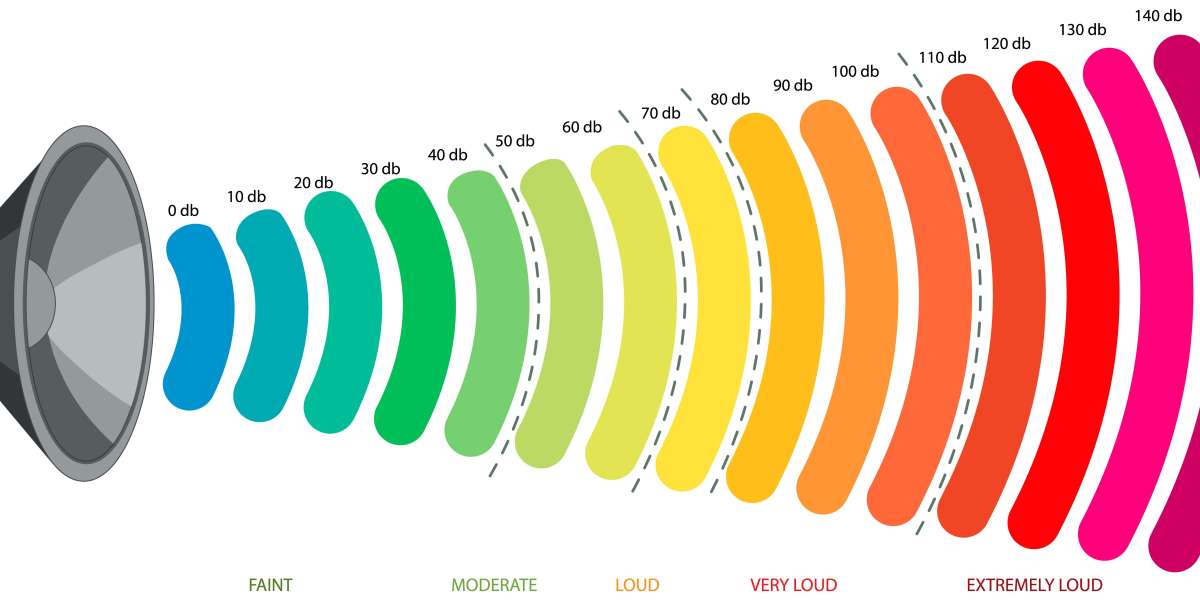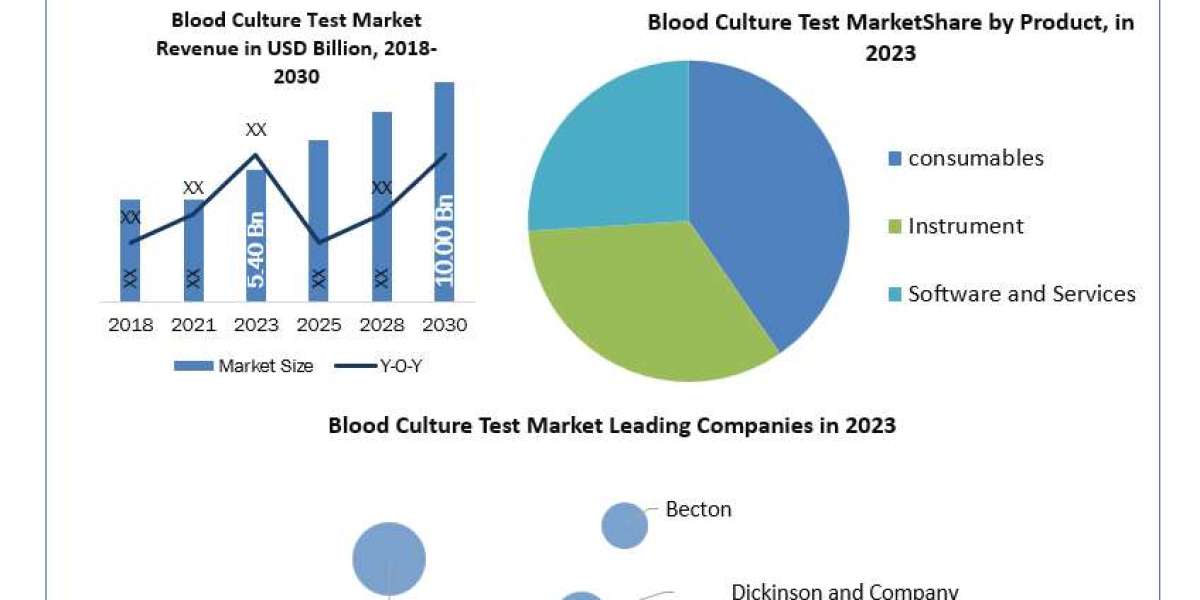Sound technology has evolved exponentially over the past century. We have gone from listening to phonograph cylinders in the late 19th century to streaming high quality audio on smart devices today. This evolution has been driven by innovations in materials, engineering techniques, and consumer demand. In this blog, we will look at the major milestones in sound technology and how each new development improved the audio experience.
Early Sound Recording (1880s-1920s)
The earliest attempts at recording and playing back sound came in the late 1800s with the invention of the phonograph. Thomas Edison's phonograph, patented in 1877, could record sound onto tinfoil wrapped cylinders and playback the recording. While an impressive feat for its time, the audio quality was poor due to limitations in materials and recording methods. In the following decades, improvements were made to recording mediums and player designs.
Cylinder Phonographs (1880s-1910s)
Edison's original phonograph used sheets of tinfoil wrapped around a grooved cylinder as the recording medium. Scores had to be recorded in a single take as there was no way to erase.
In 1888, Edison introduced wax-covered cardboard cylinders that allowed multiple recordings and improved audio fidelity. However, breaking was still a common issue.
By the early 1900s, many phonograph companies were producing cylinder players and blank cylinders for home use, fueling an early market for recorded music. However, the cylinders were still bulky and fragile.
The Invention of the Record Player (1910s-1920s)
In the late 1890s, Emile Berliner developed a new format - the flat disc record - which he called the "gramophone." Discs had advantages over cylinders like being thinner, less breakable, and able to hold longer recordings.
The first record players spun discs on a turntable with a stylus/needle that tracked the grooves to reproduce sound. Early discs were breakable shellac but later vinyl records were durable.
Throughout the 1920s, record players became more refined and found in many homes. This ushered in the first mainstream era of recorded music consumption.
The Introduction of Electronics (1920s-1950s)
Though acoustic record players worked well, introducing electronic components opened new possibilities for enhanced playback and control of sound. Some key developments:
Early vacuum tube amplifiers in the 1920s strengthened recorded sound for larger spaces beyond small rooms.
The introduction of microgroove vinyl records and higher-fidelity styli in the 1940s-50s gave records the potential for much better sound quality.
In 1948, Bell Labs unveiled the first true hi-fi system with separate amplifiers and speakers, showcasing high-fidelity audio reproduction.
Tape recording was developed in the late 1930s and further refined in the postwar era. Reel-to-reel tape allowed editing, superior audio quality, and pre-recorded music.
Transistor radios in the 1950s miniaturized and popularized portable sound technology beyond the home.
Stereo and Multichannel Sound (1950s-1980s)
Stereo recording and playback was pioneered in the late 1950s. Instead of a single channel of sound, stereo separation created a much richer listening experience with directionality.
In the 1960s, quadrasonic surround sound formats like SQ and QS were launched but never truly caught on. Consumer multi-channel formats didn't arrive until later.
8-track tapes came out in the mid-1960s, allowing prerecorded Stereo music in a compact cassette form. However, they never matched the quality or success of LPs or cassettes.
Open-reel and cassette tape decks continued to improve throughout the 1960s-70s, rivaling vinyl playback quality. Tapes also enabled consumer recording.
Dolby Noise Reduction was introduced for tapes in the 1960s, reducing background hiss. Dolby Stereo drastically improved movie theater audio in the 1970s.
Home theater setups utilizing 5.1 surround sound arrived in the 1980s as VCRs and laserdiscs took off. This placement of discrete channels around a room offered completely immersive cinematic audio experiences at home.
The Digital Audio Revolution (1980s-2000s)
The advent and mass production of digital audio technology revolutionized audio quality and portability. Many key innovations happened in the 1980s and 1990s:
CD (Compact Disc) players and discs launched in the early 1980s, offering scratch-free digital playback rivaling vinyl but at a smaller size. CDs dominated the music industry.
MP3 encoding was created in the late 1980s, allowing highly compressed digital audio files that could be shared online or on portable devices. This kickstarted the digital music revolution.
Sony launched the inaugural Walkman personal stereo and tapes in 1979. CD Walkmans arrived in the 1980s, displacing tapes.
DAT (Digital Audio Tape) came out but never gained commercial traction versus CDs in the late 1980s. However, it demonstrated fully digital recording.
MiniDisc players utilizing small magnetic discs launched in the 1990s but also lost out to CDs and emerging digital formats.
Dolby Digital AC-3 brought 5.1 multichannel audio to movies on DVD in the mid-1990s, vastly improving home theater audio reproduction.
Modern Digital Delivery (2000s-present)
The iPod launched in 2001, one of the first successful mass market MP3 players. It helped usher in an era of digital music downloads and portable streaming.
iTunes launched in 2003, revolutionizing digital music purchasing and allowing computer-to-iPod synchronization of entire libraries. This catalyzed music's transition to online sales.
Blu-Ray arrived in 2006, bringing completely lossless 7.1 surround sound and high resolution video to home theaters.
Streaming music services like Spotify, Pandora, and Apple Music launched starting in the late 2000s, shifting listening habits away from downloads towards on-demand access libraries for a monthly fee.
Wireless multi-room audio speakers became common in the 2010s, leveraging WiFi and streaming services to bring whole home audio without wires.
Modern smartphones completely replaced dedicated MP3 players by the late 2000s, with capacious storage and always-on mobile data access enabling omnipresent digital music.
High-resolution audio formats like DSD and 24-bit/192kHz FLAC have grown significantly in the 2010s for audiophiles seeking the highest possible sound quality from downloads and discs.
Cutting-edge home theater audio has advanced to 9.1, 11.1, and beyond channel Atmos immersive formats in recent years to create three-dimensional moving soundfields.
Conclusion
Over its roughly 140 year history, sound technology has progressed from short, tinny recordings on delicate wax cylinders to today's wireless multi-room ecosystems capable of cinema-grade audio with infinite streaming libraries. Driven by materials innovation, refining of playback methods, and evolving consumer demand, sound reproduction has become something increasingly natural, effortless and truly visceral thanks to ongoing digital enhancements. The future will likely entail new formats like personalized binaural audio, ubiquitous smart speaker integration, and audio matched to virtual and augmented realities. Exciting new interactive experiences with sound are still to come.
Read Related:- https://click4r.com/posts/g/12404557/








